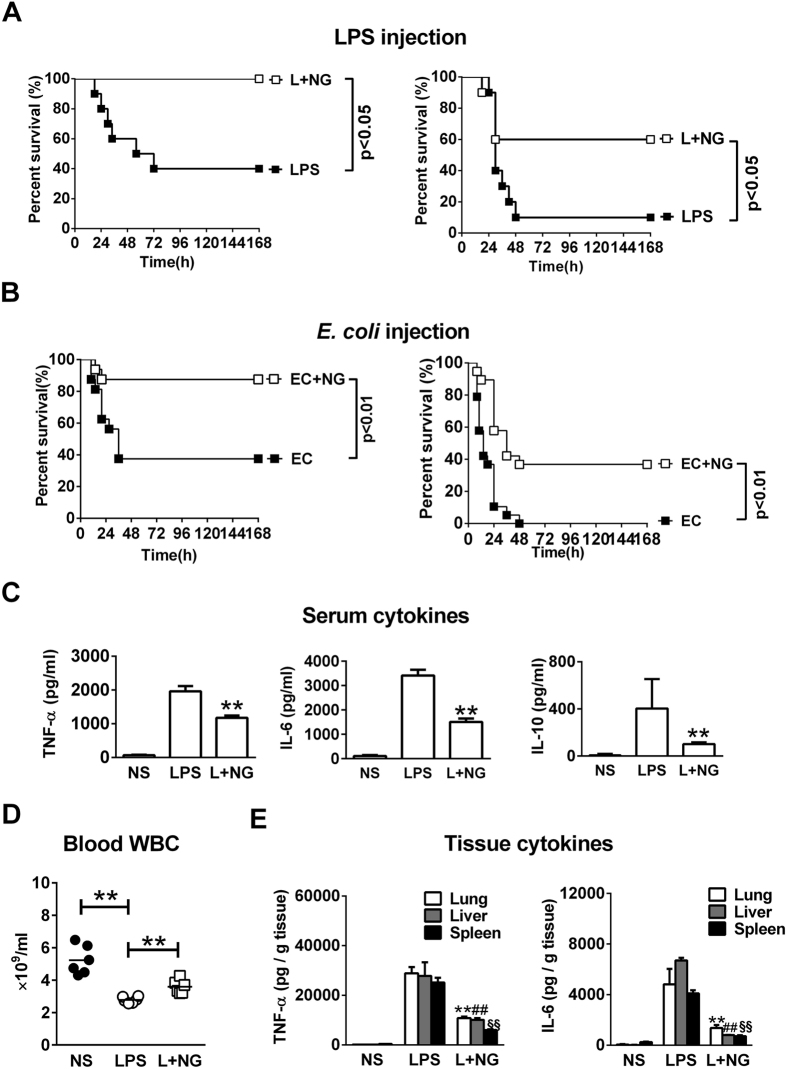Figure 6. Naringenin improves survival and ameliorates systemic and tissue inflammatory reactions in endotoxaemia mice.
(A) Survival analysis of the LPS-injected mice. Mice were intraperitoneally injected with 10 mg/kg (left) or 20 (right) mg/kg LPS (■) or in combination with NG (L + NG, □). Survival was observed for 7 days (n = 10). (B) Survival analysis in the bacteria injection model. Mice were intraperitoneally injected with 1.0 × 1010 CFU/kg (left) or 2.0 × 1010CFU/kg (right) heat-killed E. coli (■) or in combination with NG (L + NG, □). Survival was observed for 7 days (n = 16). (C–E) Detection of cytokines and cell counts in blood or tissue samples. Mice were injected with normal saline (NS), LPS or LPS with NG (L + NG). Samples from blood, lung, liver and spleen tissues were obtained 12 h after injection. Serum levels of TNF-α, IL-6 and IL-1β were detected by ELISA (C). Blood WBCs were detected using haematological analysers (D). **P < 0.01 vs LPS. The levels of TNF-α and IL-6 per gram protein (E) were detected in homogenates of the lung, liver and spleen (n = 3). **, ## and §§represent P < 0.01 vs LPS for lung, liver and spleen, respectively. Naringenin is abbreviated as NG. The doses of LPS and NG were both 10 mg/kg unless indicated.

